|
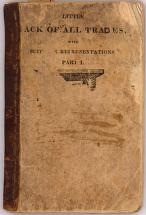
"Little Jack of All Trades, with Suitable Representations. Part I."

John Partridge Bull account book
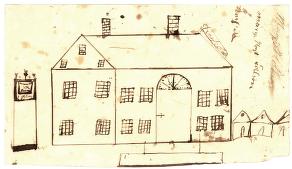
Sketch of Wilson Printing Office

Contract between Consider Dickinson and Gilbert Hoyt
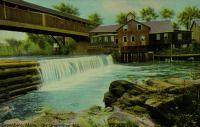
Old Green River Mill
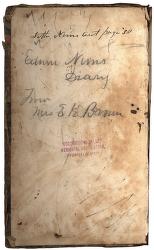
Excerpts from Edwin Nims' Agricultural Diary
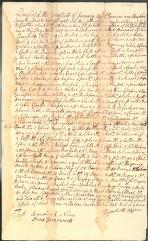
Elizabeth Amsden Inventory
|
Summary and Objective
Students will understand that they can utilize primary sources to enrich their appreciation and understanding of colonial trades. Students will do research on the American Centuries Website to gather accurate information about real tradesmen and women living in colonial times. Getting acquainted with different sorts of primary documents, such as an account book, sketch, contract, diary, and inventory, will give students some knowledge of the sources that scholars use to study history. This will serve as an introduction to an in-depth study of colonial trades, using books on the subject and a Colonial Williamsburg Website.
Teaching Plan
Step 1.
In the computer lab, each student will be assigned to a group to research a document on the American Centuries Website, relating to a real tradesman or woman in colonial times. Research topic suggestions are Elizabeth Amsden (a weaver), Captain Jonathan Wells (a miller), Edwin Nims (a farmer), John Partridge Bull (a blacksmith and gunsmith), John Wilson (a printer) and Gilbert Hoyt (a carpenter).
Step 2.
Each group will record any information that they can glean from their particular document, pertaining to that person's particular trade or occupation. Each group will share their information with the class. The teacher will emphasize that these are just some of the primary sources that history scholars use to do their research.
Step 3.
As a follow-up, the class will brainstorm what information is important to gather about tradesmen and women in colonial society. The class will generate questions to guide further research.
Step 4.
Books from school and local libraries will be available for research on particular trades. One excellent resource is Colonial Craftsmen and the Beginning of American Industry by Edwin Tunis.
Step 5.
Students will record gathered information in their social studies notebooks, in response to the questions generated by the class.
Step 6.
Students could also compare their information to that presented in Little Jack of All Trades, a book on the subject of colonial trades which would have been read by children in the 1850s.
|




